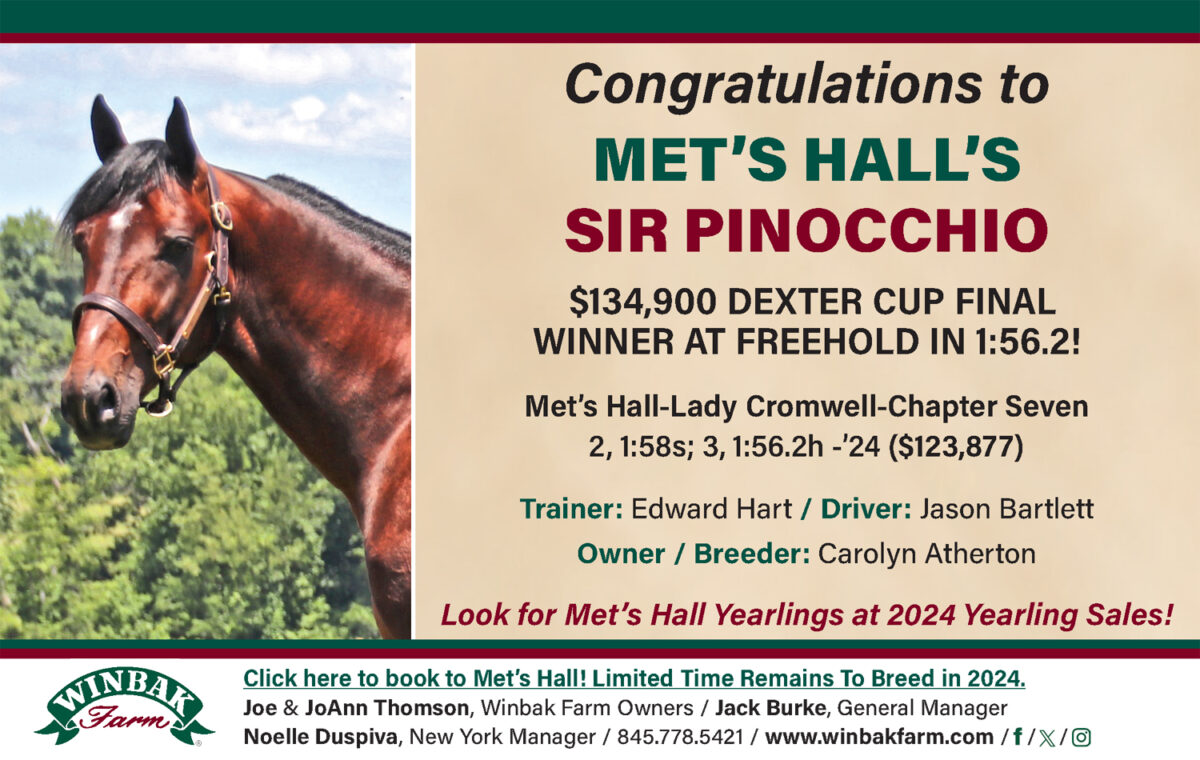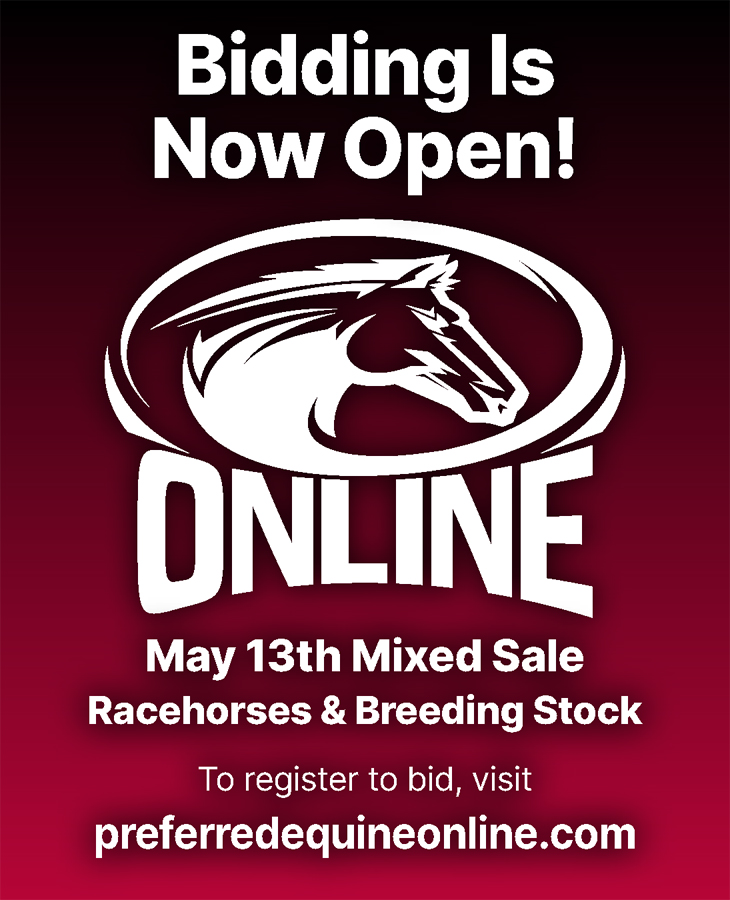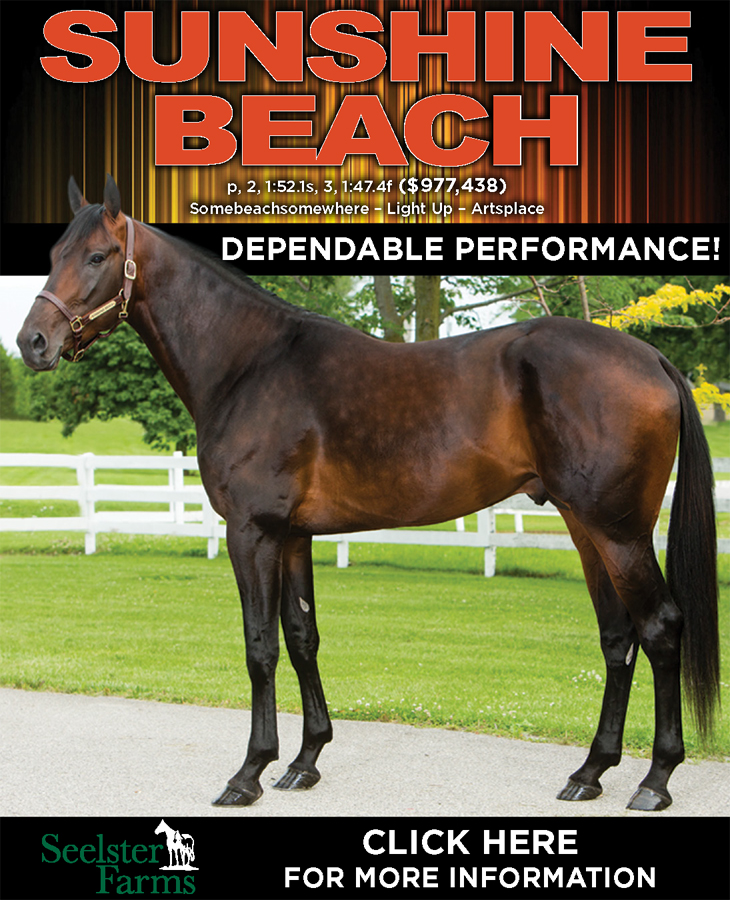

The extraordinary league of gentleman handicappers, Part 1
by Frank Cotolo
In California during the 1980s a roster of distinct horseplayers delivered studious approaches to handicapping and pari-mutuel wagering. Their books on the subjects were academic and empirical; statistical and scientific. These books buried the get-rich-quick-at-the-races-mail-order-system salesmen and attenuated the on-track tout-sheet barkers.
A serious era of pari-mutuel racing handicapping and wagering academics was creating a new and sophisticated generation of horseplayers; it treated them as smart investors instead of degenerate gamblers. The impetus for making a bet was changing from a need for action to a search for positive financial possibilities.
I realized this as I met each person responsible for the education needed to put the odds of pari-mutuel racing on the side of the player. Thanks to Mark Cramer, my original source of exposure to the extraordinary league of gentleman handicappers beginning with Barry Meadow. It did not take long for me to discover Meadow wrote his first book almost two decades before we were laughing together while betting at the California underclass harness raceways.
Success At The Harness Races, (1967, Citadel Press, N.J.; George J. McLeod Limited, Canada) was not in my wheelhouse at the age of 17 when it was published. I was starting college in New York City and doing so mostly to avoid starting to kill people in Vietnam. As a freshman I embraced philosophy with Jean-Paul Sartre and English literature with Thomas Hardy while suffering through physics and calculus. I was earning good money on the side as a professional musician.
I read Barry’s book in my 30s, well after I met him. By then my professional skillsets were operating in California on another level in another state of mind. I supplemented a modest amount of hard-earned career cash and leisure time at the pari-mutuel windows.
That all changed when I began reading Success At The Harness Races.
The introduction to Barry’s book roared with phrases such as: “Because I am going to make you a winner…” and “You’ll no longer be the man whose 18-1 shot was nosed at the wire…” and turn in your tout sheets and forget your past knowledge and “Most race-goers lose. But assuming you can control your emotions at the track you can be a consistent winner.”
Experiencing Barry in action and making good on his first book’s promises were humbling. They made me ask myself about my pari-mutuel behavior. I was better than the average player but being just average I asked myself some questions: Perhaps my wins were not the products of precision? Perhaps some of my losses were good bets and others wasteful efforts I should not have made at all? Doubt set in and I set out to learn enough about wagering on pari-mutuel racing to beat the true competitors, the public.
Hanging with Barry at Los Alamitos I knew I could never put as much time and effort into betting as him. He was a professional bettor who devoted many hours working to make a profit; first betting on harness racing and later on thoroughbreds. I was a part-time player not about to give up a writing career for a living. But I knew watching him in action could make me smarter and enjoy profiting when I did play.
At Los Alamitos harness I watched Barry monitor everything the public did with its money. He watched the toteboard for win, place and show overlays and he scanned the exacta payoffs as the money rolled in and he flipped through his work clipboard to measure how much — if at all — he would bet into which pools; and sometimes he did all that only to find out the race developed into a pass.
“How the hell do you keep up with all of the numbers?” I said.
“I’m mathematically inclined,” Barry said.
It was a big lesson for me; one to be repeated by many of California’s league of gentleman handicappers (including Dick Mitchell, James Quinn, Tom Brohamer, Howard Sartin, Andy Anderson and Robert Roblin whom I will cover in other chapters). I became aware of the last thing about pari-mutuel success I wanted to accept; a need for specialized math skills. California’s high caliber intellectual elite agreed math was the strongest tool for wagering success. Using it dictated the most important actions one made for any game of chance; when to play and how much to play and when not to play at all.
I was a poor arithmetic student from grade school through college but it became evident I had to face my learning challenges if I was going to continue betting with profit as the goal and I embarked upon an academic step deeper than calculating thoroughbred speed figures. I needed to be smarter and to learn handicapping was not a process of picking winners.















